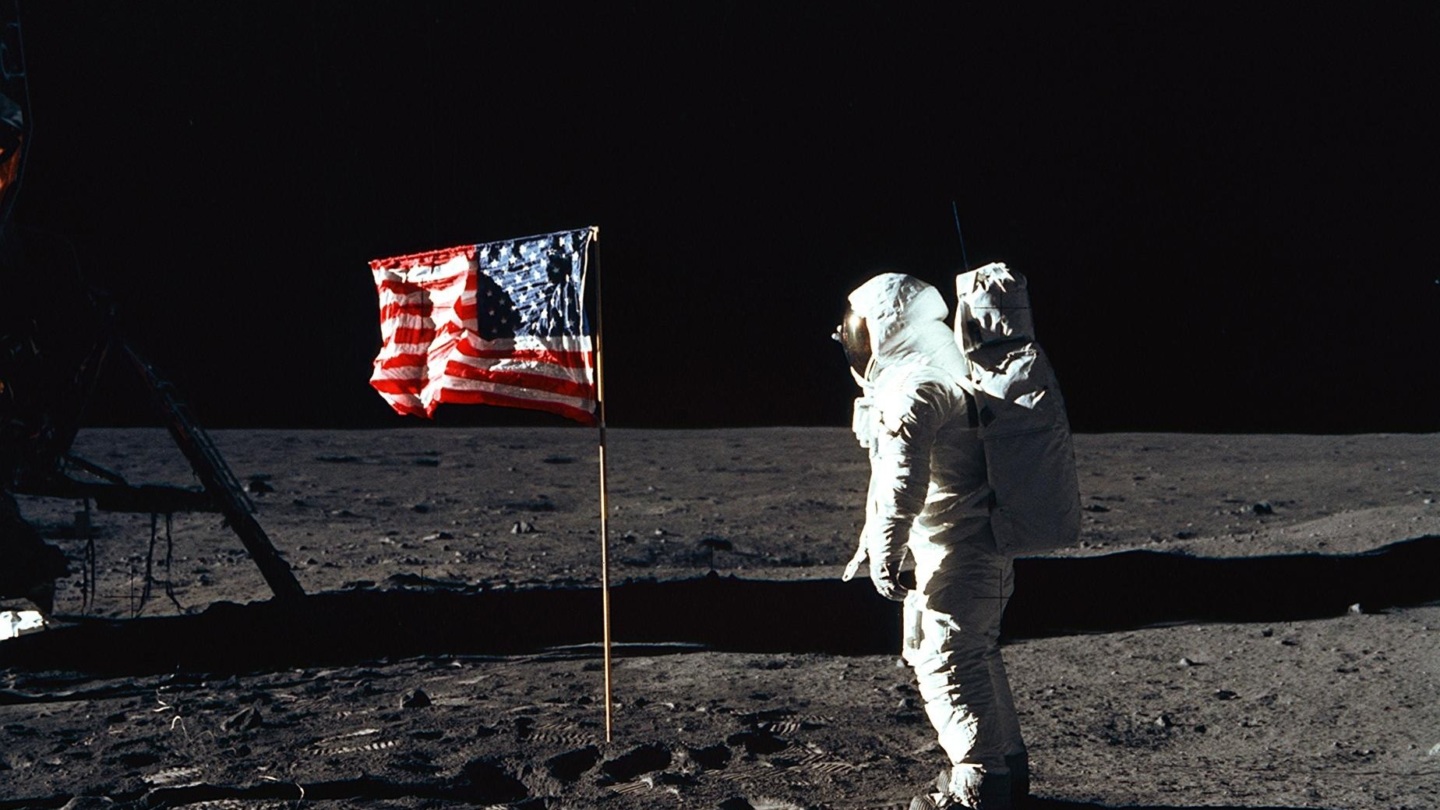
‘The Eagle has landed.’ Really.
While it’s an exaggeration to say that the whole world was watching when Apollo 11 astronaut Neil Armstrong became the first person to walk on the moon on July 20 fifty years ago, this history-defining moment truly riveted people around the globe.
NASA estimates that 650 million people — almost 20% of the global population in 1969 — tuned in when Armstrong and Edwin “Buzz” Aldrin touched down on the moon’s surface aboard the lunar module Eagle on July 20, 1969.
But the astronauts had barely planted an American flag on the moon’s dusty surface when conspiracy theorists began claiming that the mission was staged. Even overwhelming evidence to the contrary could not dissuade those who believed that the moon landing was an elaborate government hoax. The same is true of people who cling to any number of conspiracy theories today.
Their persistence and appeal
While it may seem easy to dismiss such outlandish beliefs, conspiracy theories can lure us in by turning healthy skepticism into damaging cynicism. In an interview with The Verge, Mike Wood, who teaches psychology at the University of Winchester, suggests that we’re especially vulnerable in certain circumstances. These include when we’re repeatedly exposed to such information, when we’re experiencing significant stress or when a particular theory resonates with our values. Once conspiratorial thinking takes hold, it can spread, leading us to embrace even more dangerous falsehoods.
Don’t be lured in
Milestones, such as the moon landing anniversary, rightly draw legitimate news coverage. However, that coverage can also revive conspiracy theories. Today and every day, be sure to seek out credible sources online, question your assumptions, and recognize when you might be vulnerable to information you would otherwise view with skepticism. And help your family and friends to do the same.
With the help of all of our supporters and friends, NLP is working to empower young people to recognize conspiracy theories — and other misinformation — for what they are.
Photo: Apollo 11 astronaut Edwin “Buzz” Aldrin stands beside the United States flag planted on the moon’s surface. Photo credit: NASA.

